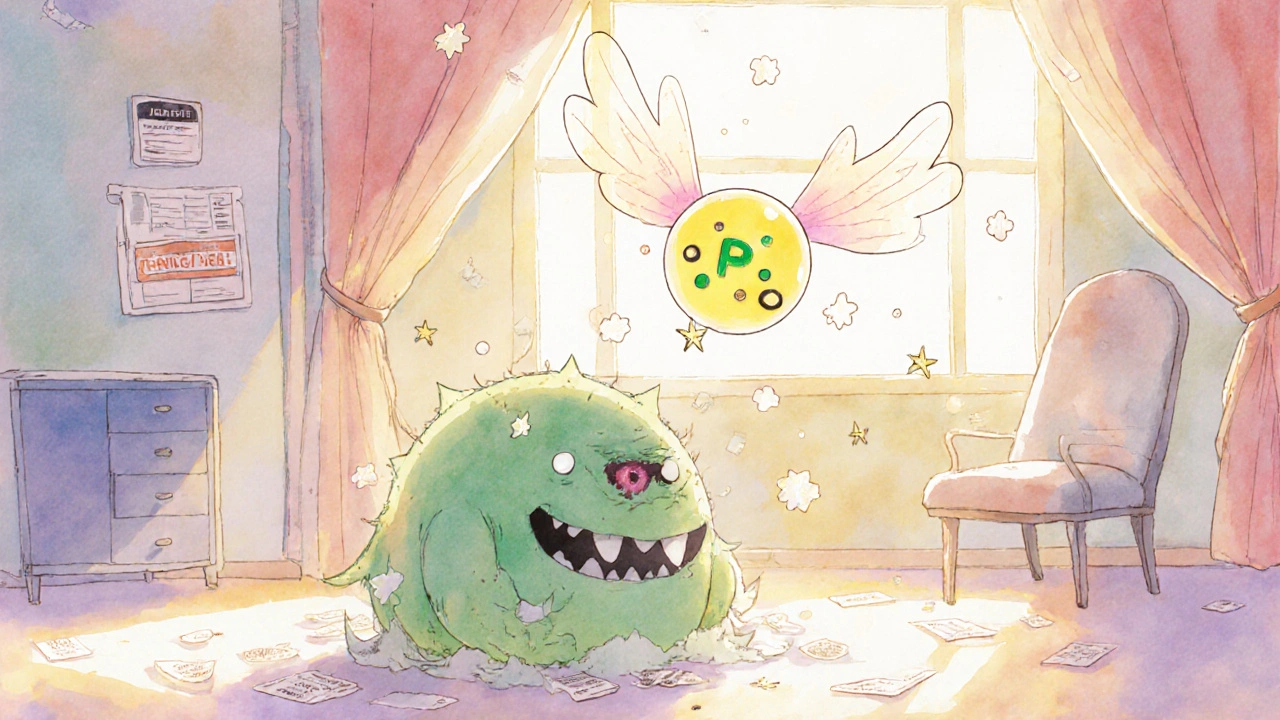Penicillin: What It Is, How It Works, and What You Need to Know
When you hear penicillin, a type of antibiotic derived from the Penicillium fungus that kills or stops the growth of certain bacteria. Also known as benzylpenicillin, it was the first widely used antibiotic and changed medicine forever. It doesn’t work on viruses—only bacteria. That’s why your doctor won’t prescribe it for a cold or the flu. But for strep throat, pneumonia, or a skin infection caused by staph or strep, it’s still a go-to.
Not all penicillins are the same. amoxicillin, a modified form of penicillin that’s better absorbed by the body and used for ear infections, sinusitis, and urinary tract infections, is more common today than the original penicillin G. Then there’s penicillin V, an oral version often used for mild infections like strep throat. And if you’re allergic to one type, you might still be able to take another—your doctor can test that.
But here’s the catch: penicillin isn’t as powerful as it used to be. Too many people took it when they didn’t need it—like for a viral cough—and bacteria learned to fight back. That’s antibiotic resistance. Now, some infections that penicillin used to crush easily need stronger drugs. That’s why doctors are more careful now. They don’t just hand it out. They test first. They wait. They pick the right tool for the job.
Side effects? Most people handle it fine. But stomach upset, diarrhea, and rashes happen. A true allergy—swelling, trouble breathing, hives—needs immediate care. If you’ve ever had a reaction, tell every doctor you see. Don’t assume it’s gone away. Allergies don’t always fade.
And watch what you mix it with. Some medications, like methotrexate or certain birth control pills, can act up when taken with penicillin. It’s not always obvious. That’s why your pharmacist asks if you’re on anything else.
Penicillin changed the world. But it’s not magic. It’s a tool. And like any tool, it works best when used right—only when needed, only as directed, only when the bug it’s meant to kill is actually there. The posts below cover real stories and science: what happens when penicillin doesn’t work, how allergies show up, what alternatives exist, and why some people still swear by it while others avoid it at all costs. You’ll find answers that aren’t just textbook—they’re from real experiences.
